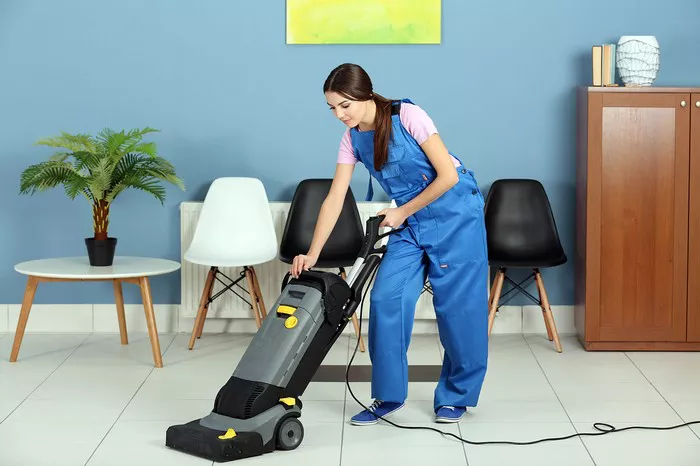Selecting the right vacuum cleaner is crucial for maintaining a clean and healthy home environment. While a powerful machine might seem ideal, many factors contribute to optimal cleaning performance. Wattage, a commonly advertised feature, is often equated with cleaning power. However, it’s just one piece of the puzzle. This article will delve deeper into wattage, its role in vacuum cleaners, and how to choose the right level for your specific needs.
Understanding Wattage in Vacuum Cleaners
Wattage refers to the rate at which an electrical appliance consumes power. In simpler terms, it tells you how much electricity your vacuum cleaner uses. Household vacuum cleaners typically range from 600 watts to 2000 watts, with higher wattages indicating a more powerful motor. It’s important to note that some regions have implemented energy regulations that limit the maximum wattage allowed in vacuum cleaners.
See also: The Dustbin Capacity in Vacuums
Wattage vs. True Cleaning Power: A Deeper Look
While wattage is a good starting point, it’s not the sole indicator of a vacuum cleaner’s cleaning ability. A more critical factor is “suction power,” which measures the actual force with which the vacuum sucks up dirt and debris. This metric is often expressed in air watts (AW) and reflects a combination of factors beyond just motor power. Airflow, the volume of air moving through the vacuum, brush design for agitating dirt from carpets, and filtration efficiency all play a significant role in how effectively your vacuum cleans.
Choosing the Right Wattage for Your Needs
Now that you understand the limitations of wattage, let’s explore how to choose the right level for your specific cleaning needs:
1. Floor types: For carpets and rugs, particularly with deep piles, a higher wattage (around 1200W and above) can provide the power needed for deep cleaning. Hard floors like tile or wood can be effectively cleaned with lower wattage vacuums (around 600W-1000W) as long as they have good airflow and brush design.
2. Presence of pets: If you have furry companions, dealing with pet hair requires a vacuum with strong suction. Look for models with higher wattage (around 1500W) and good brush design to remove embedded pet hair from carpets and upholstery.
3. Cleaning needs: For everyday maintenance cleaning on hard floors or low-pile carpets, a lower wattage machine may suffice. However, if deep cleaning heavily carpeted areas or tackling pet hair is a priority, a higher wattage will be more effective.
See also: Pet Hair Removal: Your Full Guide to a Fur-Free Home
Beyond Wattage: Additional Considerations
While wattage plays a role, a well-rounded vacuum cleaner purchase decision requires considering other factors:
1. Filtration type: HEPA filters are essential for allergy sufferers, as they capture microscopic allergens. Look for a vacuum with a HEPA filter regardless of wattage.
2. Maneuverability and weight: A lightweight and maneuverable vacuum will make cleaning easier, especially for larger homes or those with tight spaces.
3. Bagged vs. bagless design: Bagged vacuums offer better dust containment, while bagless models are quicker to empty. Choose based on your personal preference.
4. Noise level: Consider how much noise you’re willing to tolerate. Lower wattage vacuums tend to be quieter, but this may come at the expense of suction power.
Conclusion
Wattage is just one factor to consider when choosing a vacuum cleaner. For optimal cleaning performance, focus on suction power, airflow, brush design, and filtration. Evaluate your specific needs, floor types, and cleaning habits to determine the right wattage range. Remember to consider other features like filtration, maneuverability, and noise level for a well-rounded purchase decision. Don’t hesitate to consult professional resources or reviews for specific models to find the perfect match for your clean home needs.

